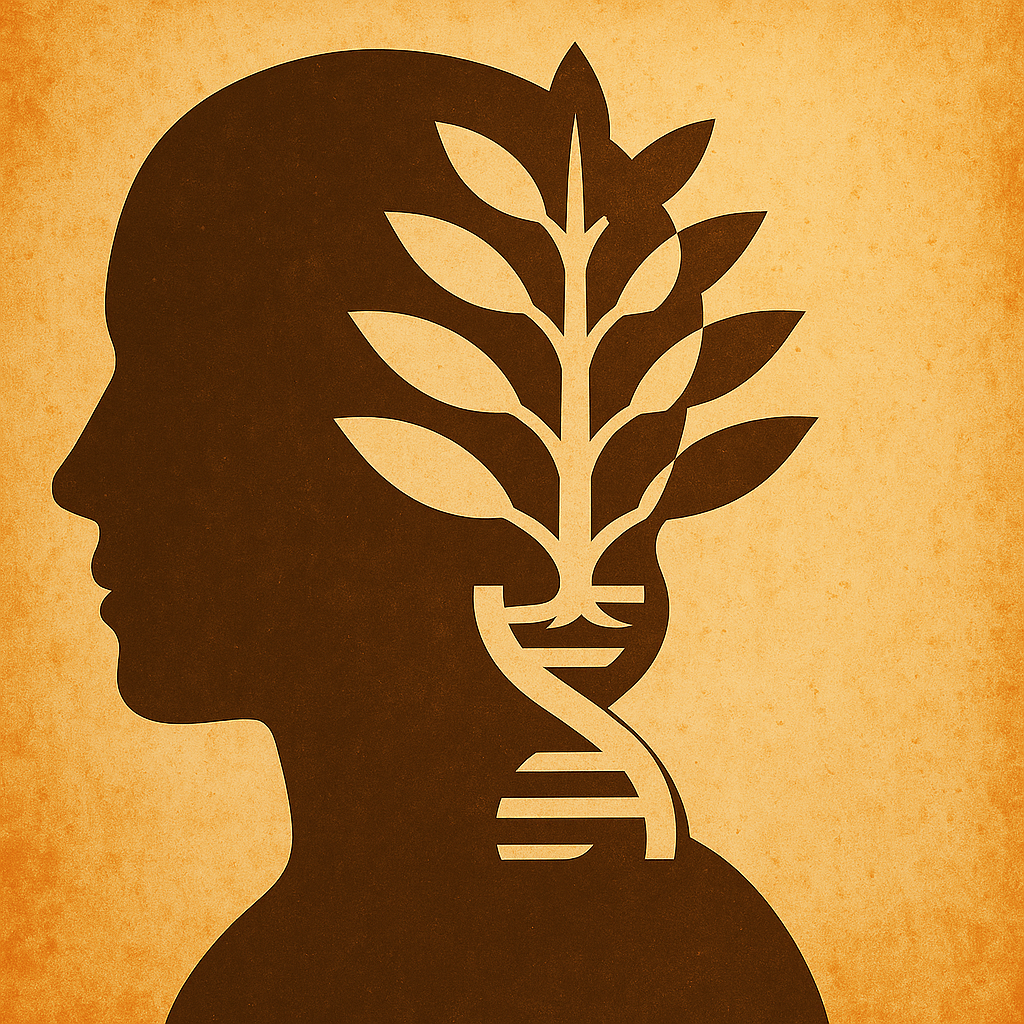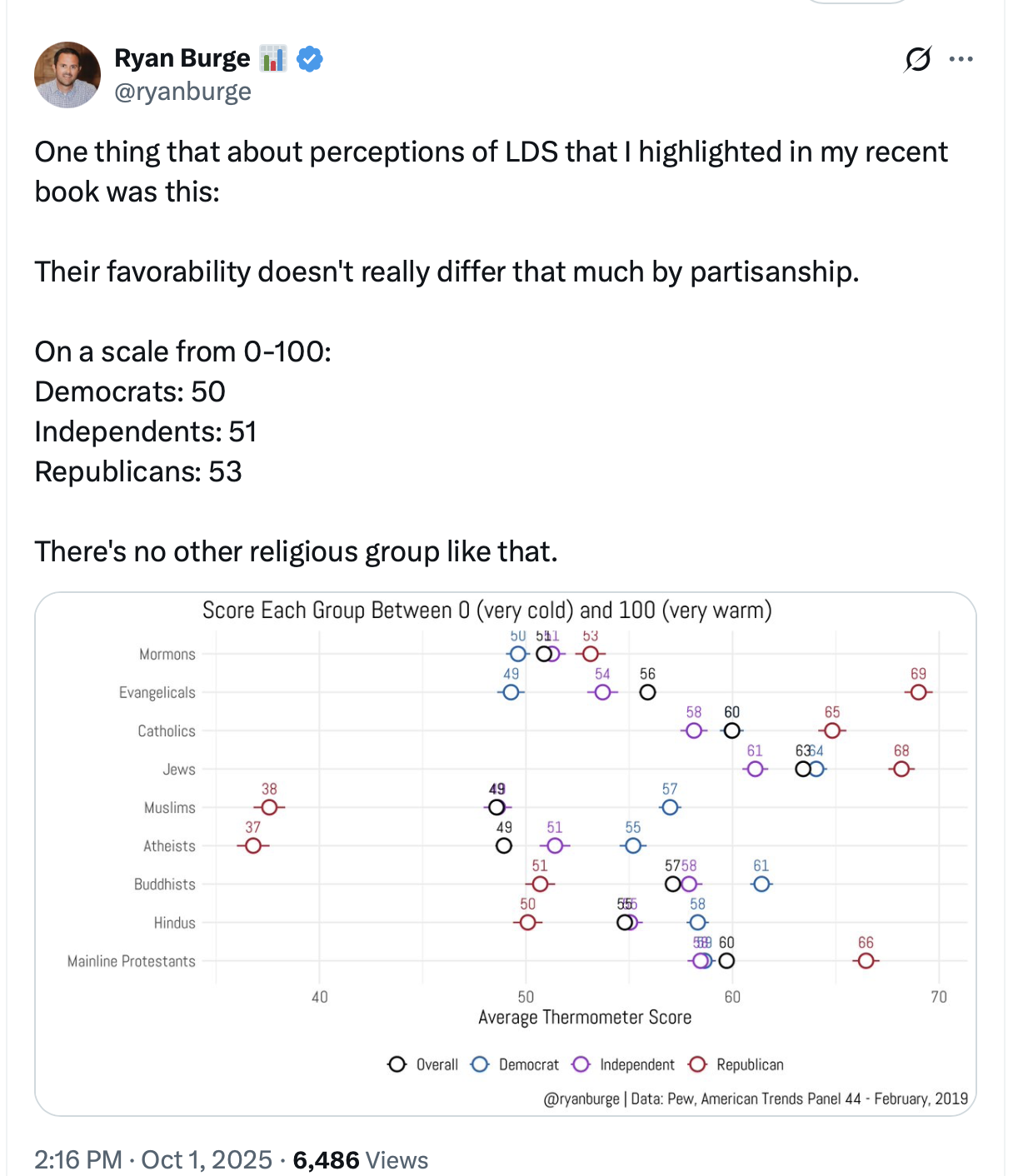-
•
•
The recent 2025 updates to Latter-day Saint scriptures have raised important questions for many members. While we know the changes are minor (applying primarily to the study helps rather than the scriptures themselves) and stem from the monumental Joseph Smith Papers Project, official announcements often lack the full context for how and why these adjustments are made. How exactly does that scholarship get into our scriptures, and how should members understand this ongoing process of “correcting” and “clarifying” the historical context of revelations? A fascinating new interview at the Latter-day Saint history blog From the Desk, with scholar Matthew Godfrey,… Read More
-
•
•
3 responses
While many Latter-day Saints are familiar with the mechanics of redeeming the dead through family history and temple work, the theology behind it—whether it’s just a “fix” or something more fundamental to God’s plan—is a deeper question. As we study the scriptural foundations for this work in the Doctrine and Covenants (especially D&C 124, 127, 128, and 138) for Come Follow Me, a recent interview from the history blog From the Desk offers key insights. The post features Dr. Amy Harris, author of Redeeming the Dead: Themes in the Doctrine and Covenants, who provides a perspective that moves beyond the… Read More
-
•
•
5 responses
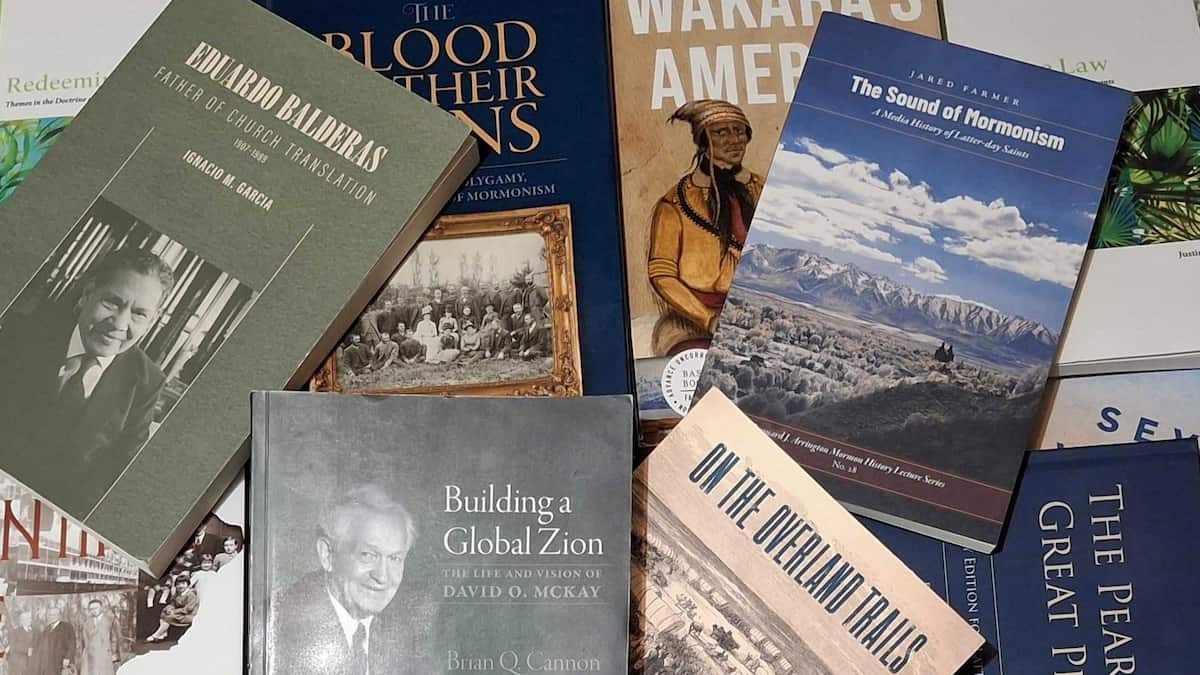
As with previous years (e.g., the 2024 edition), I’ve prepared a list of my top 10 books that I’ve read this year. (That can include books that were not published within the last year, though the majority of them were published in 2024 or 2025). Also, since I have published 30 book reviews so far in 2025 (with more on the way), I’ll include links to their reviews and relevant excerpts. Read More
-
•
•
14 responses

In my ward growing up one of the scoutmasters was a non-member father of one of the boys in the troop. This was one of the nice side-benefits of the Church’s involvement in the Boy Scouts: it was the perfect calling for the non-member husband of an interfaith couple who wanted to be involved with his kids in the Church’s youth programs. I’ve also seen cases where the proverbial, completely non-believing, occasionally-comes-to-church-to-support-their-spouse member was wholeheartedly willing to accept home teaching assignments when we all knew full well it was more akin to a social worker arrangement than a ministering priest… Read More
-
•
•
3 responses
What did you notice in Church yesterday? How did you react? Did you end up thinking differently? This is the latest invitation for reactions to local meetings, continuing the spirit of my post on September 25th about how we can take what happens in Church meetings—sermons, lessons and anything else—and enter a conversation with them, magnifying what was said or adding what we think. The point here is that no matter how poorly prepared the speaker or teacher is, we can still find elements in what is said and what happens that inspires and edifies us. Even if church meetings… Read More
-
Come Follow Me Currculum, Doctrine and Covenants, Latter-day Saint Thought, Poetry, SS Lesson – Doctrine and Covenants
•
•
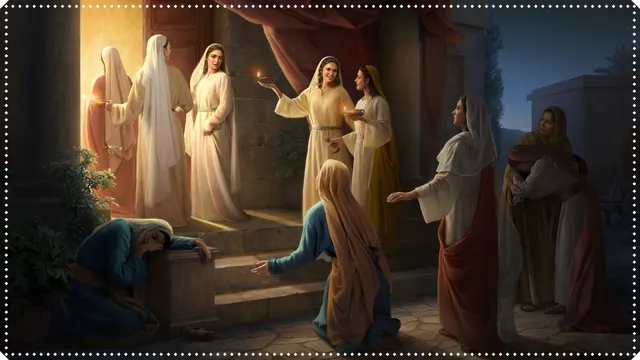
It’s difficult to overestimate the importance of the second coming in the restoration. Early members of the Church thought it would come quickly, in just a few years. And they wrote and taught about that expectation. While it seems like the focus on the second coming has diminished over time, we still regularly preach and discuss our expectations. But today we tend to temper our understanding of the second coming with thoughts about what life is like before the awaited event. We need to prepare for the second coming, yes, but we also need to try to create a Zion-like… Read More
-
•
•

Brian Q. Cannon’s Building a Global Zion: The Life and Vision of David O. McKay is a significant and welcome addition to the biographical literature on the ninth president of The Church of Jesus Christ of Latter-day Saints. Despite its accessible length of just over 250 pages, the work is substantive, providing a comprehensive overview of McKay’s life while offering illuminating details on his accomplishments. Read More
-
•
•
17 responses
Okay, now I’m thinking of a few posts related to the topic of “faithfully disagreeing” in the church, or those who’ve disagreed with certain policies (the race ban being a salient example) but who saw themselves as wanting to be faithful to and to remain in the church. Such a tendency has been given different names like “faithful dissent,” and probably others, but I’ve been thinking about another metaphor I want to try out: steadying the ark. Read More
-
•
•
4 responses

I’ve already addressed at length, both here and elsewhere, the idea held in some “direction of history” circles that the Church will inevitably wholly embrace the gender and sexuality positions on the left, with all the up- and down-stream implications of that (in some versions, after so- and so- passes away, after Uchtdorf becomes President, etc.). I don’t mean to keep beating that horse to death, but recent events have triggered a new take on this. Because of the Church of England’s leftward march on sex and gender issues, the African churches of the Anglican Communion have now officially split… Read More
-
•
•
11 responses
Guest post by Paul Burnham What Conditions Might Generate a Social Preference for Polygyny? Introduction During the occasional discussions of polygyny in Church literature and on the Bloggernacle, I see two competing narratives—a religious narrative and a romantic narrative. In the religious narrative, God’s will must always prevail and on occasion His will has been that polygyny be practiced. In the romantic narrative, pair-bonding is the most important feature of marriage and polygyny is antithetical to true pair-bonding, making it unthinkable under any circumstances. But I think there is a third narrative—what I call a quasi-Darwinian narrative that eschews… Read More
-
•
•
6 responses
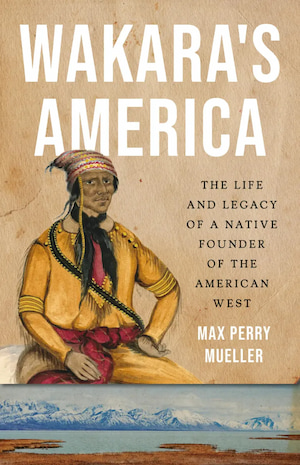
In the grand narrative of the Latter-day Saint settlement of the West, certain figures loom large: Brigham Young, Parley P. Pratt, and the thousands of Mormon pioneers who made the desert blossom as a rose. Native figures in this story often appear as either obstacles to be overcome or as Lamanite brethren waiting for redemption. Max Perry Mueller’s Wakara’s America: The Life and Legacy of a Native Founder of the American West offers a necessary intervention and complication to this familiar story. His central thesis is bold: the Ute leader Wakara, far from being a peripheral character, “should be counted… Read More
-
•
•
4 responses
What did you notice in Church yesterday? How did you react? Think differently? This is the latest invitation for reactions to local meetings, continuing the spirit of my post on September 25th about how we can take what happens in Church meetings—sermons, lessons and anything else—and enter a conversation with them, magnifying what was said or adding what we think. The point here is that no matter how poorly prepared the speaker or teacher is, we can still find elements in what is said and what happens that inspires and edifies us. Even if church meetings aren’t conducted in a… Read More
-
Come Follow Me Currculum, Doctrine and Covenants, Latter-day Saint Thought, Poetry, SS Lesson – Doctrine and Covenants
•
•
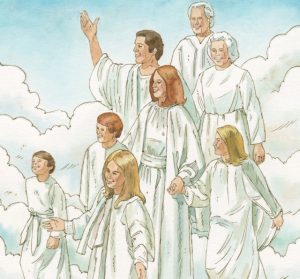
This lesson can be both difficult and exulting. Our LDS understanding of the next life both inspires because of the idea that our relations have an eternal permanence, and troubles many of us because of what we don’t understand about polygamy and the details of how the multiple relationships we begin on earth translate into the eternities. Read More
-
•
•
3 responses
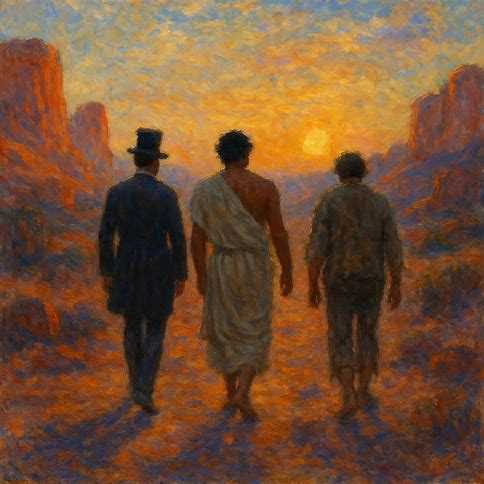
I love studying folklore and stories, particularly among Latter-day Saints. One reason for doing so is that they reveal information about the core beliefs, cultural values, and lived religious experiences of the communities that share them. Perhaps no folklore cycle illustrates this better than the persistent legends of The Three Nephites, and a fantastic new interview with folklorist Julie Swallow at the Latter-day Saint history blog, From the Desk, digs into this very topic. Based on a recently published book from the University of Illinois Press, the discussion offers a compelling analysis of how these stories, drawn from a vast… Read More
-
•
•
5 responses

I usually don’t provide any additional commentary for these, but the Anderson et al., study below showing that Latter-day Saints didn’t receive the COVID vaccinations any more than average provides some support for my earlier conjecture that the President of the Church actually doesn’t have a lot of influence when it comes to member attitudes towards politicized topics. Pinheiro da Silva Filho, Fernando. “Deconstructing Narratives: The New History of the Beginning of the Church in Brazil.” Journal of Mormon History 51, no. 4 (2025): 33-57. No abstract. Preston, Julia. “Weaving Gender: Men, Women, and the Mormon Home Manufacture Movement.”… Read More
-
•
•
6 responses
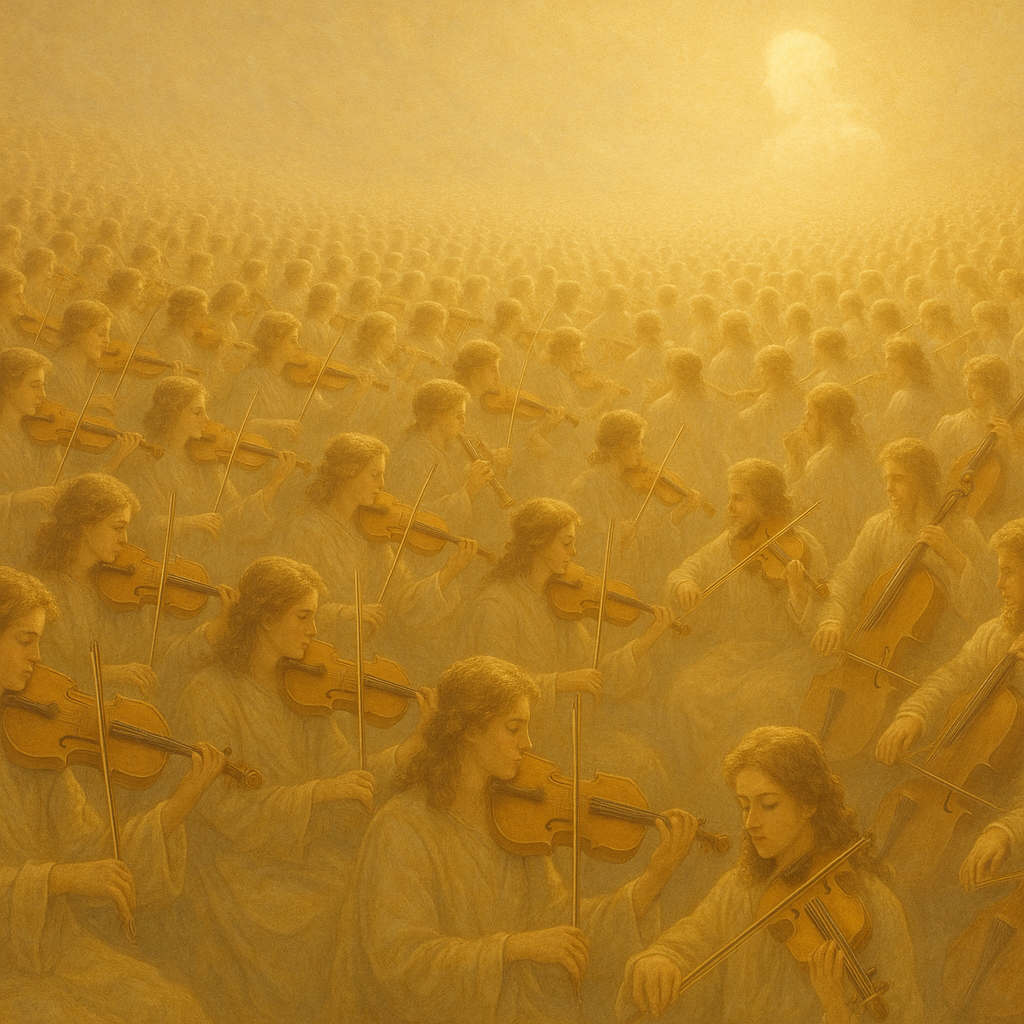
Western music became much more rich when we moved from simple, monophonic Gregorian chants to multiple lines of melody (polyphony), allowing interplay among the different lines. Nowadays Gregorian chants are still admired by more traditionalist Catholics and Middle Age junkies, and if you listen to a Gregorian Chant channel on Spotify it’s kind of interesting for a little bit, but I’m not holding my breath that it’s going to be competing with Taylor Swift anytime soon; by any standard adding harmony almost always makes music better by allowing a more sophisticated and richer interplay of point, counterpoint, rhythm, timbre, tone,… Read More
-
•
•
6 responses
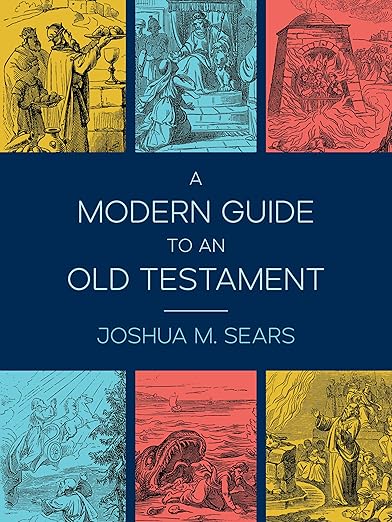
For many Latter-day Saints, the annual Come, Follow Me journey through the Old Testament can feel like a daunting pilgrimage. It is a vast and often alien landscape, filled with archaic language, bewildering poetry, and troubling cultural norms that can create a significant chasm between the modern reader and the ancient text. While numerous commentaries and devotional guides exist, few have so skillfully attempted to build a bridge across that chasm as Joshua M. Sears has in his newly published book, A Modern Guide to an Old Testament. This is not another verse-by-verse commentary or a historical summary. It is… Read More
-
•
•
A recent interview with historian Max Perry Mueller over at the Latter-day Saint history blog, From the Desk, does the hard work of re-centering a figure many of us know only by name, if at all: the Ute war leader Wakara. Mueller argues compellingly that Wakara was not just a side character in the pioneer story but a “Native founder” of the West, whose legacy—including his complex role in the Native slave trade and his tangled relationship with the Saints—was deliberately erased from our history. The interview digs into several aspects of this history, including the nature of the so-called… Read More
-
•
•
9 responses
die Dolchstoßlegende. The myth that the German Empire could have won World War I if its army, like Siegfried in the Nibelungenlied, had not been stabbed in the back by traitorous enemies, often claimed to be Jews, rich industrialists, or socialists. The German ß character can be replaced by a double -ss- in English contexts. Otherwise, care should be taken to use the correct German character (part of the ASCII character set) and not a Greek beta. (German definite articles are provided here, but should usually be omitted in English contexts except where noted. All German nouns are capitalized, a… Read More
-
•
•
8 responses
What did you notice in Church yesterday? How did you react? Think differently? This is the latest invitation for reactions to local meetings, continuing the spirit of my post on September 25th about how we can take what happens in Church meetings—sermons, lessons and anything else—and enter a conversation with them, magnifying what was said or adding what we think. The point here is that no matter how poorly prepared the speaker or teacher is, we can still find elements in what is said and what happens that inspires and edifies us. Even if church meetings aren’t conducted in a… Read More
-
Come Follow Me Currculum, Doctrine and Covenants, Music and Poetry, Poetry, SS Lesson – Doctrine and Covenants
•
•

Baptism for the Dead is one of the beliefs that make the LDS Church distinctive among religions today. Frequently discussions with non-Mormons focus on what Paul meant in 1 Cor. 15:29 while ignoring the broader question that our doctrine addresses with proxy ordinances: If baptism is required for everyone, then what about those who passed on without it? Or, to put it another way, don’t we have a responsibility to others, less fortunate than we are? Regardless of whether they are alive or dead? Read More
-
•
•
One response
How do we measure the full legacy of a figure like Heber C. Kimball? We often focus on the man himself—his loyalty to Joseph Smith and Brigham Young, his mission to England, or his role as First Counselor. But a fascinating new interview at From the Desk with biographer Andrew Kimball argues for a much broader, more complex answer. Discussing his book, The Blood in Their Veins, Kimball posits that Heber’s true story is inseparable from the sprawling, multi-generational family he created. The interview is remarkable for its scope, tracing the “Kimball legacy” across three generations: starting with Heber C.… Read More
-
•
•
23 responses

Often our cultural paradigms for fidelity and sexual propriety are, frankly, seemingly low-testosterone, low-sociosexuality cases. Of course Mr. Rogers is going to be faithful to his wife (although I don’t claim any knowledge of his T-count). Or all those skinny Mr. Darcy-type, regency period love interests that Mormon women are obsessed with (another post for another day). This isn’t bad necessarily, I’m not shaming low-T men, nor am I conflating manly strength with traditionally masculine traits, but there’s a limit to the extent to which a Mr. Rogers type can serve as an example on sexual issues or speak to… Read More
-
•
•
One response
The 1856 handcart tragedy remains a defining, painful moment in Latter-day Saint history, and the question of “who is responsible?” has echoed for generations. We often settle for simple answers or familiar myths. However, a recent interview at the Latter-day Saint history blog, From the Desk, with Don H. Smith and Mark C. Austin, authors of Bring Them to Zion, challenges these easy narratives. Their analysis argues that the disaster cannot be blamed on any single individual. Instead, the tragedy was a catastrophic, complex failure: a perfect storm of flawed instructions from Brigham Young, critical missteps by leaders in the… Read More
-
•
•
9 responses
You should probably pay attention to a religious movement that shares some of our beliefs and uses some similar terminology, wants to control key institutions of society, and includes Donald Trump’s spiritual advisor. Read More
-
•
•
23 responses

[WARNING: the following includes some things that maybe considered spoilers by those who haven’t seen the film.] I’m not sure how well it is known, but the film “Truth and Treason”, currently in theaters, tells the story of a young LDS man in Hamburg, Germany in 1942. Helmuth Hübener’s story has been told before, perhaps best in Tom Rogers’ 1976 play, Huebener. The film’s story is a faithful retelling of the events, starting with the attacks on Helmuth’s friend and fellow church member, Salomon Schwarz, who was abducted by the SS that year because he was half Jewish (Salomon later… Read More
-
•
•
3 responses

How we’re perceived in popular culture is one of those questions that usually devolve into anecdote slinging, with all the biases inherent in what we remember or are in a position to experience. Recently I ran across a “corpus,” or a dataset, of scripts in movies. Specifically, the Baskin Lab at UC Santa Cruz keeps a dataset of 1,068 films in an easily digestible text format, so I wrote a script to detect any usage of the word “Mormon” and to give me the immediate context surrounding the word: whether it’s pejorative, flattering, or what. This has the advantage of… Read More
-
•
•
3 responses
This is the latest invitation for reactions to local meetings, continuing the spirit of my post on September 25th about how we can take what happens in Church meetings—sermons, lessons and anything else—and enter a conversation with them, magnifying what was said or adding what we think. The point here is that no matter how poorly prepared the speaker or teacher is, we can still find elements in what is said and what happens that inspires and edifies us. Even if church meetings aren’t conducted in a way that reaches us, we can take responsibility and find a way to… Read More

